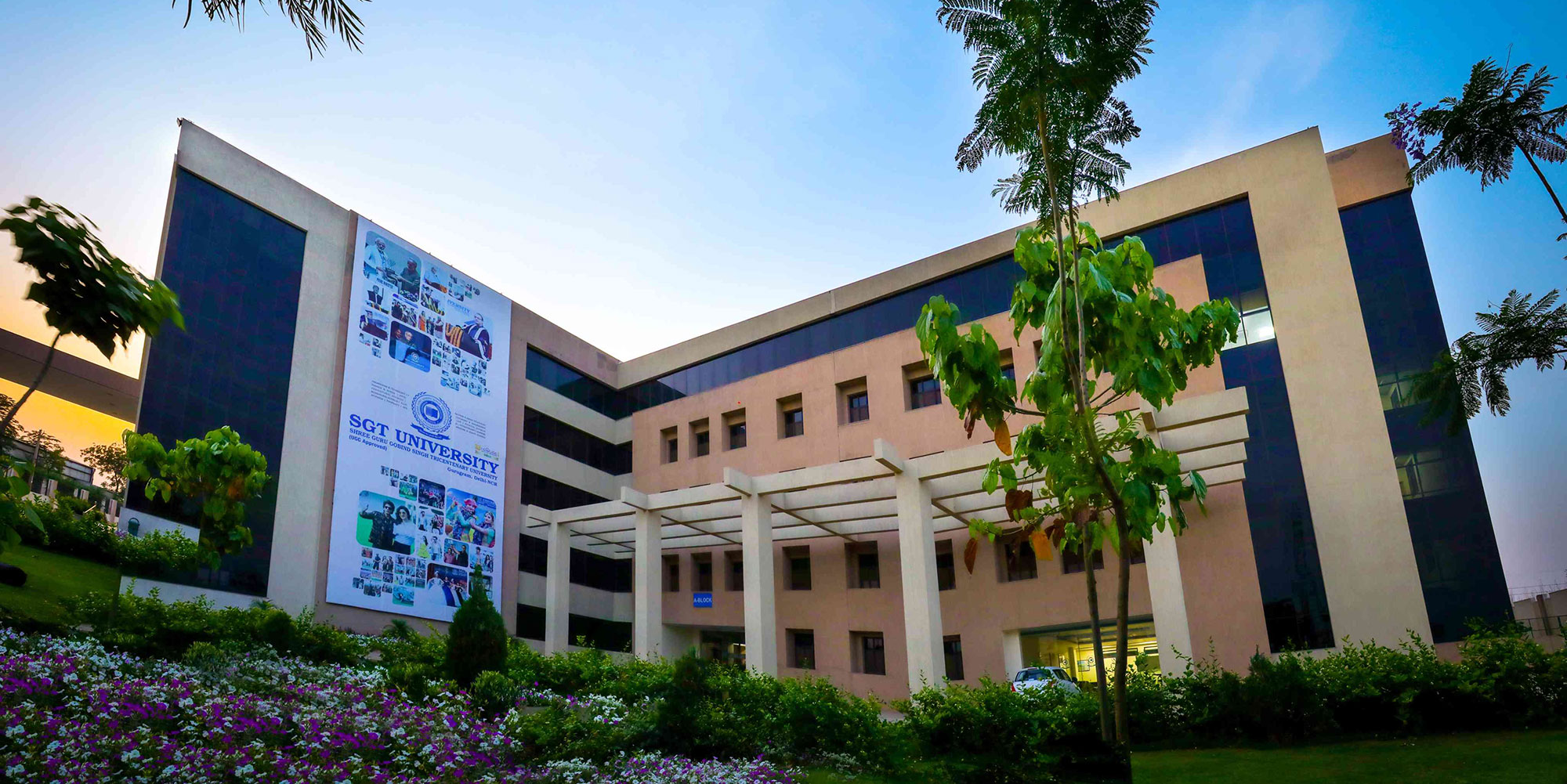Transforming Mobility with AIML
Updated on: 19th May, 2025

The landscape of mobility is undergoing a profound transformation, fueled by the integration of Artificial Intelligence (AI) and Machine Learning (ML)—collectively known as AIML. These technologies are not merely enhancing the way we travel; they are redefining it entirely. From autonomous vehicles gliding through city streets to smart traffic systems reducing congestion, AIML is paving the way for a future where transportation is safer, more efficient, and environmentally sustainable.
The Rise of AIML in Mobility
Mobility in the 21st century is no longer just about movement—it’s about intelligent movement. AIML harnesses the power of data to create systems that learn, adapt, and optimize in real time. Consider the rise of autonomous vehicles, which rely on AI to interpret data from an array of sensors—cameras, radar, LIDAR, and GPS—to navigate complex environments. Machine Learning algorithms enable these vehicles to recognize patterns, predict outcomes, and make split-second decisions, such as avoiding obstacles or adjusting speed based on traffic conditions. Companies like Tesla, Waymo, and Cruise are leading the charge, deploying fleets of self-driving cars that promise to reduce human error, a factor in over 90% of road accidents.
Beyond individual vehicles, AIML is transforming entire transportation ecosystems. Smart cities are leveraging AI-powered traffic management systems to analyze real-time data from cameras, sensors, and connected vehicles. These systems can dynamically adjust traffic light timings, reroute vehicles to avoid congestion, and even predict peak travel times to optimize flow. For instance, cities like Singapore and Copenhagen are already using such technologies to minimize delays and reduce carbon emissions, showcasing the potential of AIML to create more livable urban spaces.
Key Applications of AIML in Mobility
The applications of AIML in mobility are vast and varied, touching every aspect of how we travel. One standout area is predictive maintenance in transportation infrastructure. ML models can analyze data from sensors embedded in trains, buses, or even roads to predict when components might fail, allowing for repairs before breakdowns occur. This not only improves safety but also cuts costs and downtime. For example, railway operators in Europe are using AIML to monitor track conditions, reducing derailments and enhancing passenger safety.
Another critical application is in ride-sharing and logistics. Companies like Uber and Lyft use AI to optimize routes, match riders with drivers, and predict demand surges, ensuring efficient service delivery. In logistics, AIML powers autonomous delivery drones and trucks, streamlining last-mile delivery—a notoriously challenging and costly segment of the supply chain. Amazon’s delivery drones, guided by AI, exemplify how mobility is extending beyond human-driven vehicles into the skies.
Public transportation is also reaping the benefits. AI-driven systems can analyze passenger data to adjust bus or train schedules dynamically, ensuring capacity matches demand. In places like London, Transport for London uses ML to predict crowding on the Tube, helping commuters plan their journeys more effectively. Meanwhile, electric and shared mobility solutions, such as e-scooters and bike-sharing programs, rely on AI to manage fleets, track usage patterns, and reduce wear and tear through predictive analytics.
Benefits of AIML-Driven Mobility
The advantages of integrating AIML into mobility are compelling. Safety tops the list: autonomous vehicles equipped with AI can eliminate human errors like distracted driving or fatigue, potentially saving millions of lives annually. Efficiency is another major gain—optimized traffic systems and route planning reduce travel time and fuel consumption, easing the burden on both commuters and the environment. Sustainability is a key driver as well; by enabling electric vehicles and reducing idle times, AIML supports the shift to greener transportation, aligning with global efforts to combat climate change.
Economically, AIML promises significant savings. Businesses benefit from lower operational costs in logistics, while governments can reduce spending on road maintenance and accident response. For individuals, the convenience of on-demand, AI-powered mobility—whether through ride-hailing apps or autonomous taxis—enhances quality of life, freeing up time once spent behind the wheel.
Challenges and the Road Ahead
Despite its promise, AIML in mobility faces hurdles. Technical challenges, such as ensuring AI systems can handle rare edge cases (e.g., extreme weather or unpredictable pedestrian behavior), remain significant. Data privacy is another concern—connected vehicles and smart cities generate vast amounts of personal data, raising questions about security and consent. Regulatory frameworks also lag behind innovation, with governments struggling to establish standards for autonomous vehicles and AI liability.
Ethical dilemmas loom large as well. Who is responsible when an AI-driven car makes a life-or-death decision in a split second? How do we ensure equitable access to these technologies, so they don’t exacerbate existing inequalities? These questions demand thoughtful answers as AIML adoption scales.
Looking forward, collaboration will be key. Tech companies, governments, and urban planners must work together to build infrastructure—like 5G networks and sensor-equipped roads—that supports AIML mobility. Investment in workforce training will also be critical, as traditional jobs like driving give way to roles in AI development and system maintenance.
Conclusion
AIML is not just transforming mobility—it’s reimagining it for a smarter, safer, and more sustainable future. From self-driving cars to intelligent transit networks, these technologies are solving some of the most pressing challenges of our time. While obstacles remain, the momentum behind AIML suggests that we’re on the cusp of a mobility revolution. As we navigate this journey, the focus must be on harnessing AIML’s potential responsibly, ensuring it benefits all of society. The road ahead is exciting, and with AIML at the wheel, the possibilities are limitless.
Written By:
Dr. Sandeep Bansal
Assistant Professor
Department of Mechanical Engineering

